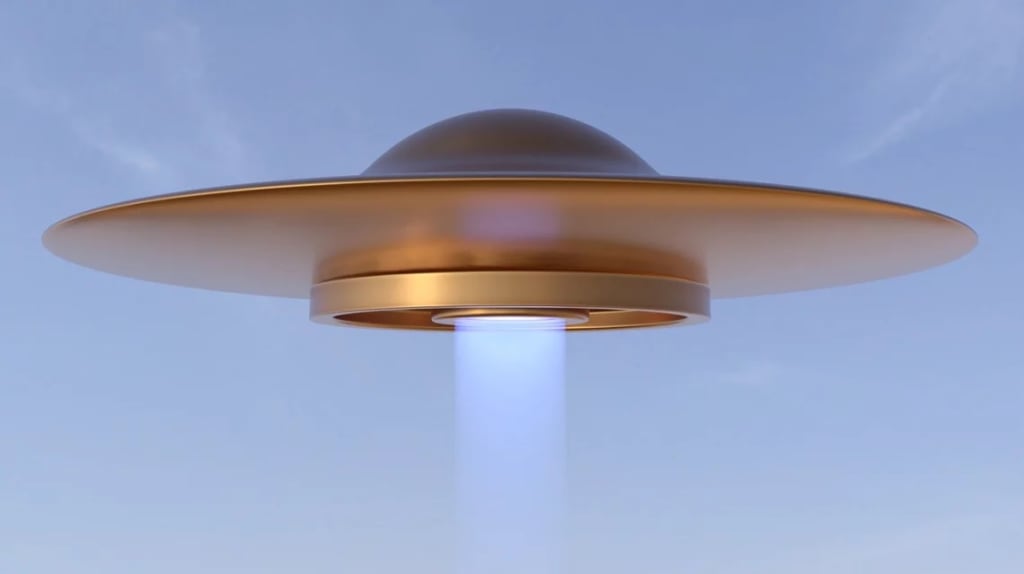He Wanted to Believe
'Project Beta' explores the true story of Paul Bennewitz and the birth of modern UFO lore.

Crashed spaceships. Alien abductions. Cattle mutilations. Bases that don't officially exist like Dulce Base in New Mexico. Thanks to countless movies and TV shows, these conspiracy theories regarding government cover-ups regarding the UFO phenomenon are known to millions around the world. The origins of such ideas are far more humble, troubling, and far closer to home as Greg Bishop reveals in his 2005 book Project Beta.

Author Greg Bishop at the grave site of Paul Bennewitz.
The book traces the incredible but true story of electronics engineer and businessman Paul Bennewitz, who lived near New Mexico's Kirtland Air Force Base. When in 1979, he noticed strange phenomenon at and near the base that he captured on tape and film, he brought it to the attention of the government and military. In time, he would believe that reports of abductions and cattle mutilations were harbingers of a malevolent extraterrestrial invasion.
Which, as time would reveal, is precisely what those very people wanted him to believe.
Bishop explores how a disinformation campaign was launched, nominally by the US Air Force's Office of Special Investigations (AFSOI), against not just Bennewitz but the world of ufology at large. It's a story with a cast of characters including AFSOI agent Richard Doty whose job it was to pass information onto Bennewitz and others including Bill Moore who would make a Faustian bargain in the hope of discovering what the government actually knew only to pay a heavy price. Also drawn into this web are New Mexico State Police officer Gabe Valdez and filmmaker Linda Molten Howe whose investigations into facets of the enigma leave them entangled as well.

Former AFSOI agent Richard Doty from his interview in the 2017 documentary Unacknowledged.
And what a web did Doty, the AFSOI, the NSA, and other agencies weave. They created a many-headed Hydra that would drive Bennewitz not only to write a lengthy report sent to countless people in government that lends the book its title (reprinted in full here for the first time) but into a severe mental state. They also created a schism still evident in the world of ufology decades later with no one quite sure of what to believe. In doing so, they birthed a mythology which has blossomed into something with a terrible beauty all its own.
The question readers might be left asking is simple: Why? What did Bennewitz stumble across and why did those he told in government and military do so much discord? Was it to protect any number of things from the early development of stealth technology in the 1980s to drones in more recent times? Is it to cover up what the US government actually knows about UFOs? Or is the truth somewhere in the middle perhaps, having been irrevocably distorted by the ongoing need for “national security”?
At the end of the day, neither Bishop nor his book claims to have all the answers. What they have is a fascinating tale that takes the reader on a journey into the birth of modern UFO lore and how it would eventually seep into popular culture. It's also a modern Faust tale of deals made with the devil that backfired spectacularly.
Only this one is all too true.
About the Creator
Matthew Kresal
Matthew Kresal was born and raised in North Alabama though he never developed a Southern accent. His essays have been featured in numerous books and his first novel Our Man on the Hill was published by Sea Lion Press in 2021.






Comments
There are no comments for this story
Be the first to respond and start the conversation.